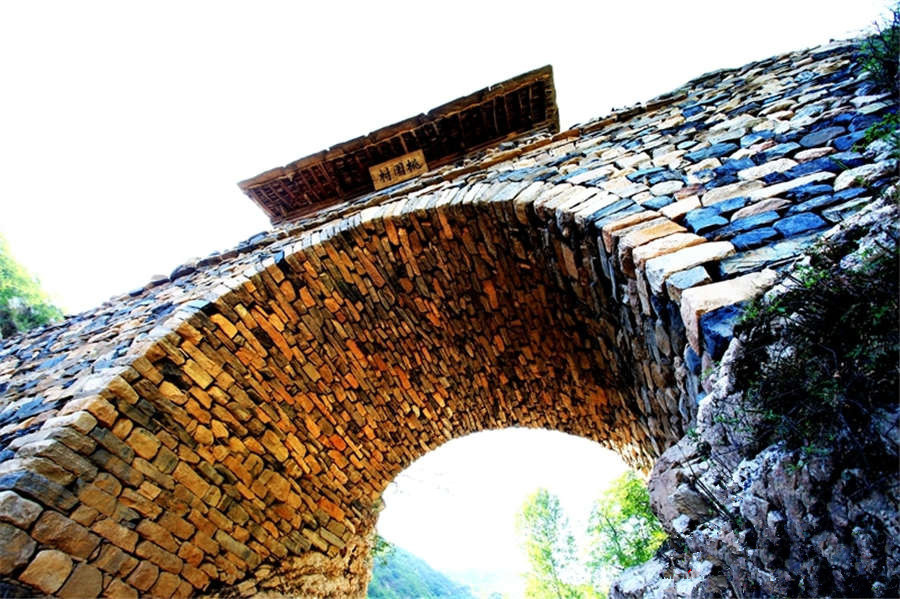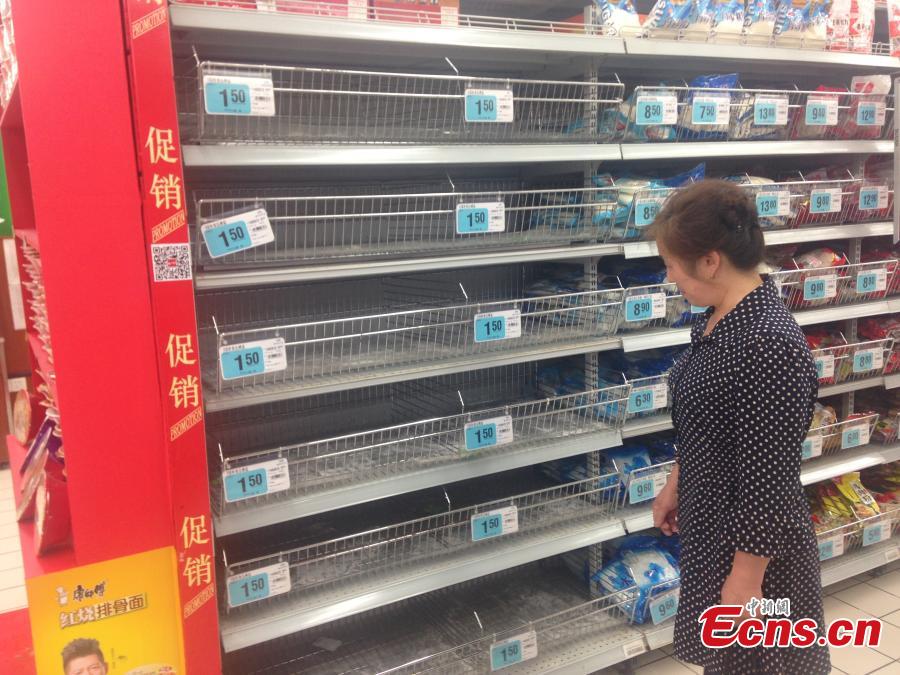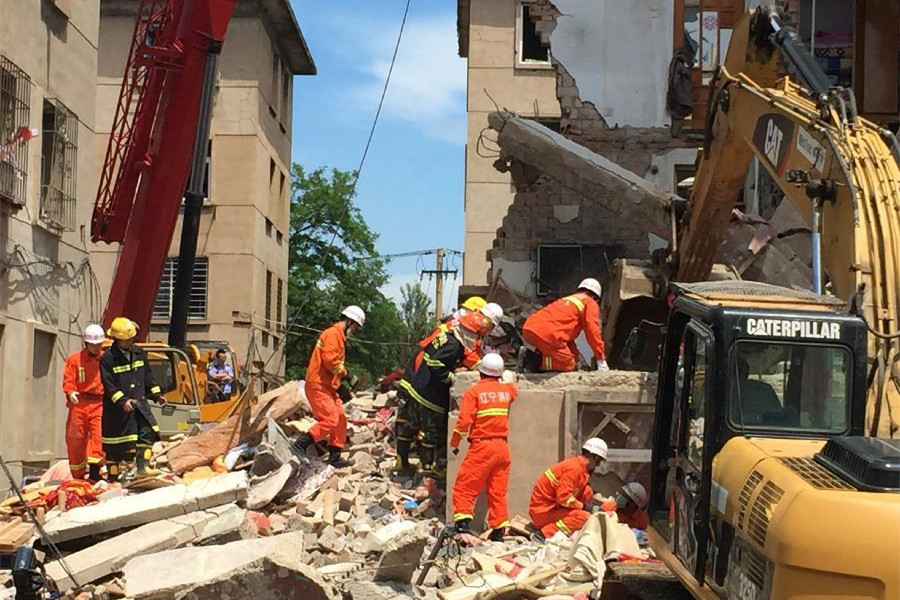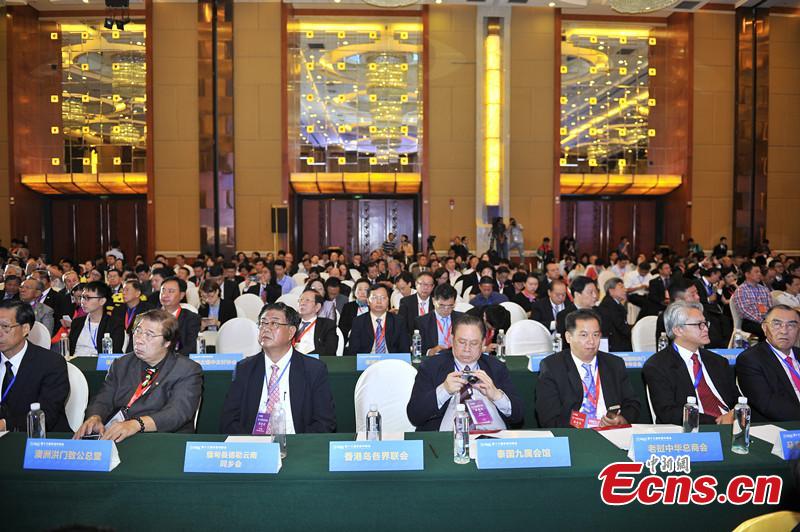(Ecns.cn)--Land subsidence in Shanghai has mainly been induced by the excessive exploitation of underground water, but after years of efforts to curtail the problem, overall ground settlement has been reduced. Yet now some areas are experiencing a new round of sinkage caused by the city's rapidly emerging skyscrapers.
Since the 1990s, Lujiazui, a major financial district in the city's Pudong area and home to a number of tall buildings, has witnessed surface subsidence of 12-15 millimeters every year. Jiang Mingjing, an expert in rock mechanics, pointed out that Lujiazui is built on soft clay, meaning that its high-rises, while stimulating the local economy, are also adding considerable weight to potentially unstable ground.
Ups vs. downs
Statistics show that in the 1950s and 60s there were only about 30 tall buildings in Shanghai. However, that number rose to 650 in the 80s, 2,000 in the 90s, and is currently at about 8,000.
Those buildings stand on soft clay, a loose and ductile material that can easily become distorted like a sponge. "According to the latest research, pressure from high-rises is 40% responsible for settlement, which has exerted an obvious impact on the local geological environment," said Liu Shouqi, Secretary-General of the Shanghai Geological Society.
As part of efforts to address the issue, the Shanghai government began to increase public greening and limit the number of tall buildings in 2003, which successfully reduced average annual ground settlement to 6 millimeters in 2010.
Yet subsidence caused by new construction and subways still troubles Shanghai and poses a threat to the public. Pipes for water and gas are put at risk as buildings sink, and trains will suffer greater wear and tear if tunnels become uneven, increasing operational risks and upkeep costs, according to Jiang Mingjing.
In 2003, six buildings finished in 1998 cracked seriously in a Shanghai community, a problem caused by a subway tunnel 20 meters below, according to local residents .
"China is lagging far behind in geotechnical engineering," Jiang added, revealing that few construction firms in Shanghai conduct thorough and professional evaluations of possible ground settlement before building houses.


















